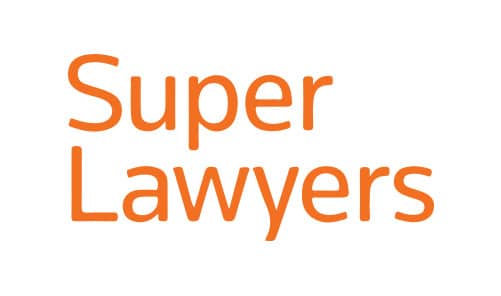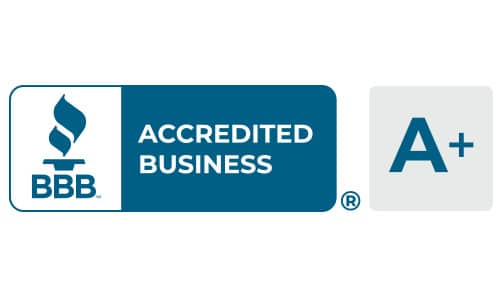Childbirth is a complex and multifaceted process that, despite the best planning and preparations, can sometimes require medical intervention to ensure the safety of both the mother and the baby. One such intervention is vacuum extraction, a procedure used during vaginal delivery to assist in the birth of a baby.
Vacuum extraction involves the use of a vacuum device to gently pull the baby out of the birth canal during a contraction. This procedure is typically considered when labor is not progressing adequately or if the baby shows signs of distress that necessitate a quicker delivery. While vacuum extraction can be a lifesaving procedure, it has risks.
Types of Vacuum Extraction Injuries
The common types of injuries associated with vacuum extraction include:
Cephalohematoma
Cephalohematoma is a collection of blood between the baby’s skull bone and the periosteum (a membrane that covers the bone). This injury occurs due to the rupture of blood vessels during the use of the vacuum device. Unlike caput succedaneum, cephalohematoma does not cross suture lines.
Key features include:
- A firm, well-defined bump on the baby’s head.
- Typically appears a few hours to a day after birth.
- May take weeks or months to resolve completely.
- Potential complications include jaundice and, in rare cases, infection or calcification of the hematoma.
Intracranial Hemorrhage
Intracranial hemorrhage refers to bleeding within the baby’s brain, which can occur due to the trauma of vacuum extraction. This type of injury can be serious and requires immediate medical attention.
Key features include:
- Symptoms such as seizures, lethargy, poor feeding, and abnormal muscle tone.
- Diagnosis typically involves imaging studies like ultrasound, MRI, or CT scan.
- Treatment may include medications, supportive care, and sometimes surgical intervention.
Subgaleal Hemorrhage
Subgaleal hemorrhage is a severe and potentially life-threatening condition where blood accumulates in the space between the scalp and the skull. This can occur due to the shearing forces applied during vacuum extraction.
Key features include:
- Rapid swelling of the scalp, which can spread across the entire head.
- Signs of blood loss such as pallor, rapid heart rate, and low blood pressure.
- Requires immediate medical intervention to manage blood loss and prevent shock.
Brachial Plexus Injuries
The brachial plexus is a network of nerves that controls the muscles of the shoulder, arm, and hand. Injury to these nerves can occur if excessive force is applied during vacuum extraction.
Key features include:
- Weakness or paralysis in the affected arm.
- Reduced muscle tone and reflexes.
- In most cases, these injuries heal over time with physical therapy, but severe cases may require surgical intervention.
Facial Nerve Injuries
Facial nerve injuries can result from pressure or trauma during the use of the vacuum device. These injuries affect the facial muscles and can lead to temporary or permanent paralysis.
Key features include:
- Asymmetry in the baby’s face, especially when crying.
- Difficulty closing one eye.
- Most facial nerve injuries resolve spontaneously within a few weeks, but severe cases may need medical evaluation and treatment.
Skull Fractures
Skull fractures, although rare, can occur as a result of vacuum extraction. These fractures can range from linear fractures, which are usually benign, to depressed fractures, which may require surgical intervention.
Key features include:
- Swelling and tenderness over the fracture site.
- Visible indentation in the case of depressed fractures.
- Diagnosis through imaging studies.
- Treatment depends on the severity and type of fracture, with most linear fractures healing on their own, while depressed fractures may need surgical correction.
Call a Chicago Birth Injury Lawyer Today
If you or your baby have been impacted by vacuum extraction injuries, the birth injury lawyers at Clifford Law are here to help. Our experienced attorneys are dedicated to providing compassionate and comprehensive legal support.
Contact us today at (312) 899-9090 for a free, no-obligation consultation. Let us help you navigate this challenging time and explore the best course of action for you and your family.
































